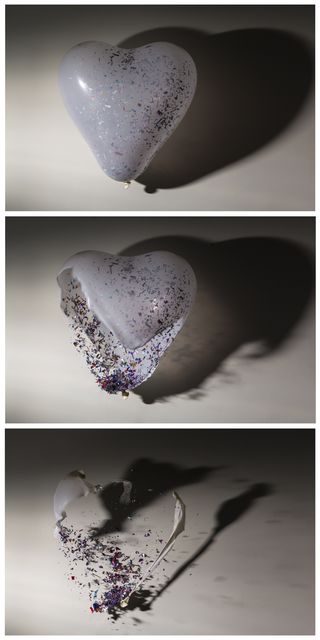by Tara* Kaushal 
Breaking the taboo of divorce in largely conservative India. Conceptual image by Sahil Mane Photography.
A Bit of Background
Last year, I put up this status message on Facebook: “Today, the 15th of February, is the 10th anniversary of my first wedding. It's interesting how far both of us, my ex-husband and I, have come since our divorce in 2006. And how different life—lives—would have been if I had stayed. Oh, thank god!”
People have always asked me why I talk about my divorce, including this article featured in Mirrors across India a few weeks after I got remarried two years ago. I have several reasons.
I got married to Shiv when I was 19 and he was 30, back in 2003, when the world was different, I was different. After one failed attempt in July/August, we got separated in December 2005, when I moved to Mumbai, and divorced 10 months later.
First, a caveat. I spoke casually about being divorced much before I got remarried, much before I found love with Sahil. I spoke about it when I was down, devastated and broke; when I was single; to friends and strangers; and at job interviews. I even spoke about considering one the very first time I met a woman who is now a friend—a young divorcee herself, she said (and I remember this vividly), “Are you sure, Tara*? I find now that I am perpetually ‘ the Divorcee'.” I put that in right upfront, as I realise it could seem convenient to talk about it now, when all has turned out okay. For instance, though there were many years in between, my grandparents didn't tell anyone in Dehradun, the small town in North India in which they live that I was divorced until I got remarried (the veritable ‘happy ending').
[I realised this when I had gone for my granddad's 80th birthday celebrations a few years ago, only to be startled by questions of “Shiv kahan hain, beta?” “Aapke husband Indonesia se nahi aa paye?” (“Where is Shiv?” “Your husband wasn't able to come from Indonesia?”) That's when I pieced together the story they had been telling, or letting brew, partly grounded in the truth—my ex-husband is, indeed, currently in Indonesia, just with a different wife.]
Because of this, I've been asked this over and over, from the curious as well as the concerned ‘what is the need to wash dirty linen is public', I'll tell you why I speak about it.
Read more »


